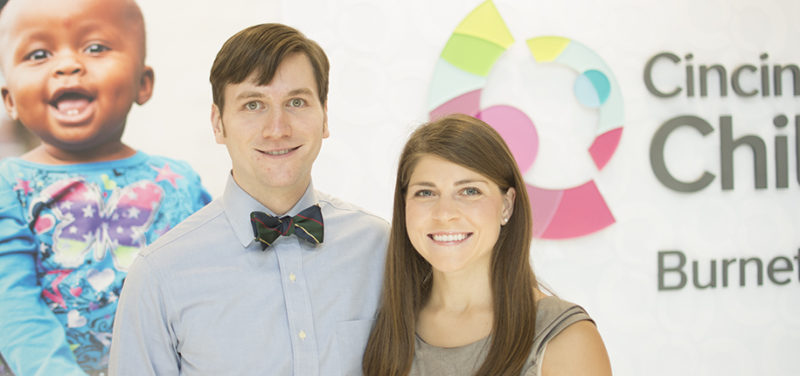
When healthcare providers order a radiology study (x-ray, CT, MRI, ultrasound, or nuclear medicine scan), they must provide a clinical indication as a justification for the study before it can be performed. This information is important for radiologists because it allows us to tailor the exam to ensure that we answer the question of the clinician to the best of our ability. The radiologist may include things such as administering contrast, putting the images together in a different way, or perhaps letting them know that a different kind of study altogether is indicated.
Additionally, knowing the clinical history of the patient enables radiologists to synthesize the findings in the images with what we know about the patient and disease process, allowing us to be more specific and confident in our diagnoses. Medicine is often described as an art, and this is as true in radiology as it is in any other field–combining all the information into the most likely diagnosis is as much of an art as it is a science.

My wife, Leah McBee, is a clinical staff physician in the Division of Emergency Medicine. When she orders a radiology study, she provides thorough clinical information because she understands that it helps the radiologists to answer her question more thoroughly and provide the best care for her patients. On the other hand, I understand as a radiologist that the information I provide in my reports is only useful if it makes sense to her and allows her to make decisions based on it. By understanding each other, we both constantly strive to improve our clinical practices and improve the care we provide to the children we serve.
Contributes by Dr. Morgan McBee and edited by Glenn Miñano, BFA.
